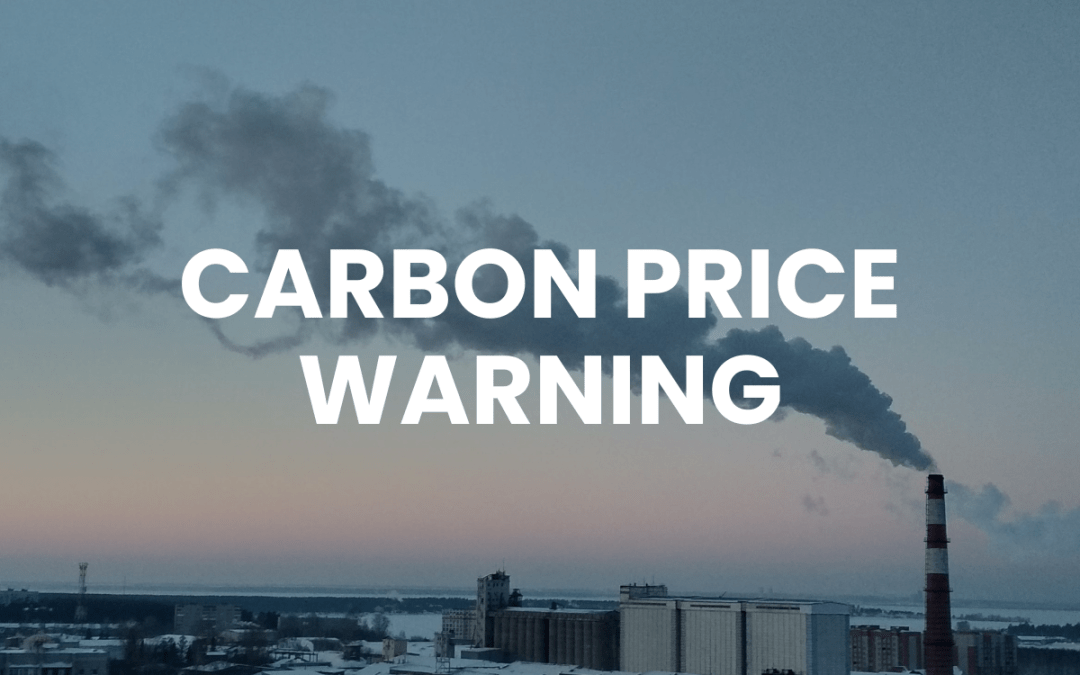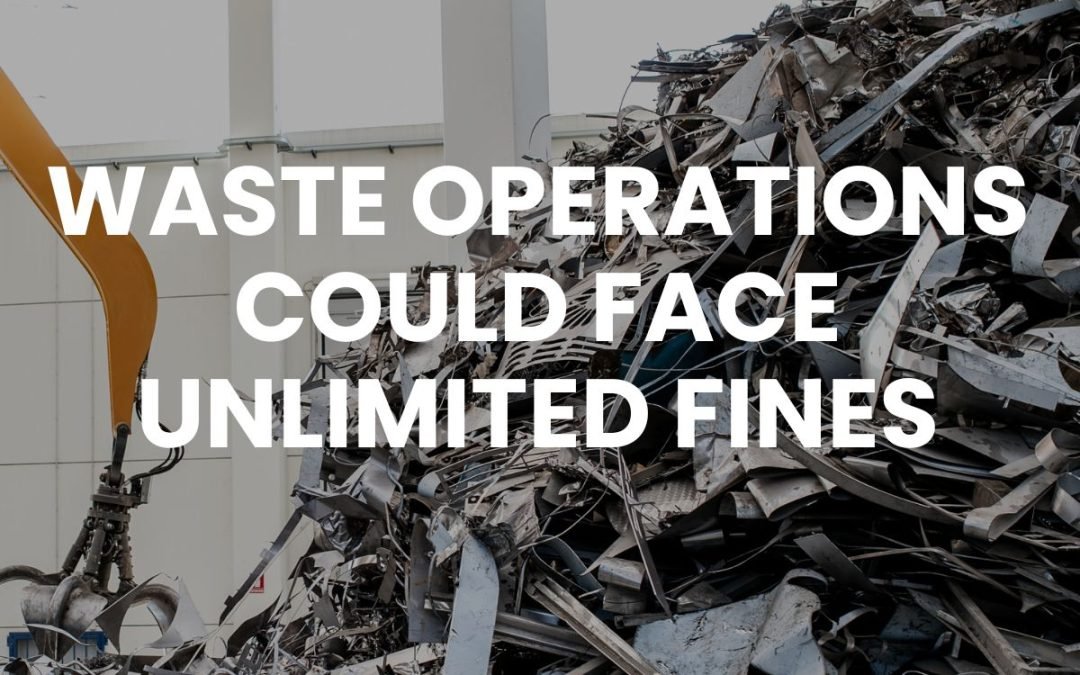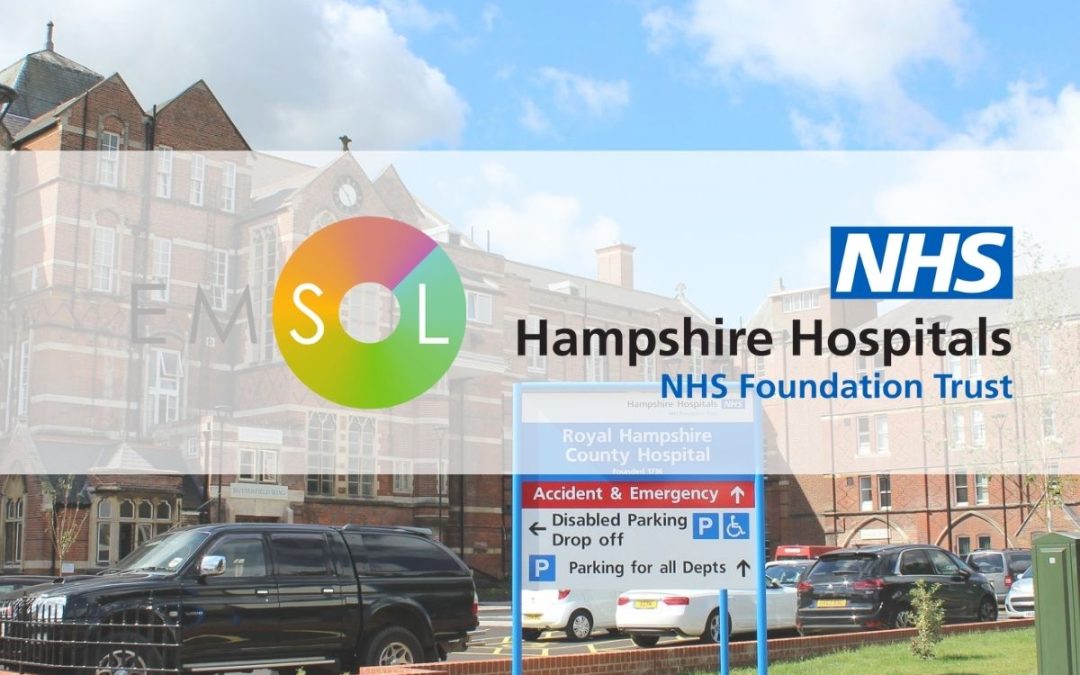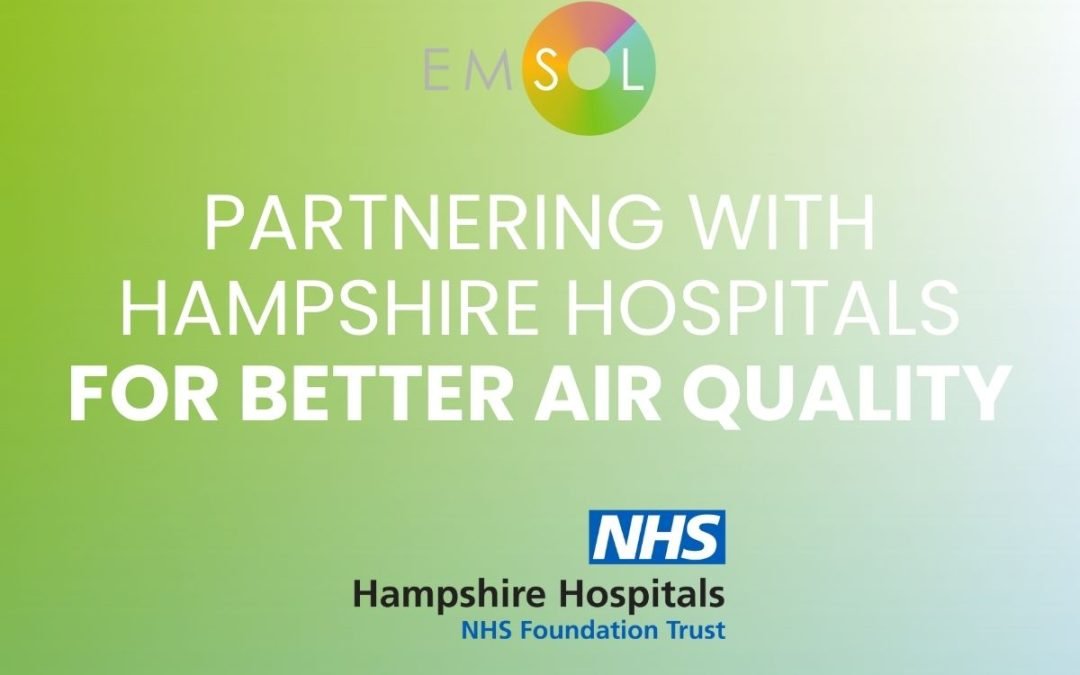Local authorities play a critical role in improving air quality in their local areas. Not only do they have the legal power to actually do things, but they can act as a champion for the best way to do things in their area as well. Business and the community often look at them to do something about improving air quality in their area. So here are some of the ways that local authorities can do just this.
8 ways to reduce air pollution:
- Encourage the take up of electric vehicles by local businesses to improve air quality
There are lots of grants out there that reduce the purchase price of electric vehicles, provided by the Office for Low Emission Vehicles. But local authorities can go further than this, and use their networks with local businesses to encourage them to take up electric vehicles for their deliveries and their staff travel. And they can do this in a number of different ways. The Zero Emissions Network, for instance, offers a 1 week trial of electric vans for local businesses in London to try out electric delivery vehicles. Or they could encourage businesses to be part of ECOSTARS, that recognises good environmental performance.
- Create School Streets
Children are particularly sensitive to the effects of air pollution. The World Health Organization states that exposure to poor air quality can impact on cognitive ability and trigger asthma and childhood cancer. So some local authorities are responding to this by doing something simple – closing streets outside schools. School Streets temporarily give over the street outside schools to children, so that they can play, be safe, and not breath in fumes from cars. More and more of these streets are popping up across the country, as parents and schools demand action. And local authorities can make it so by giving the legal order to do so.
- Establish a comprehensive monitoring regime, and make the data open
If you want to know how much of an issue that you have, then you have to collect the data. Most local authorities already monitor air quality in their areas, and know where their problem areas are. But with more sensitive monitoring equipment coming onto the market, things can always be better. What’s more, by making your data open then you can encourage your citizens to understand pollution levels in their area and what they can do about them.
- Use that data to better target your enforcement efforts
The data that you collect is also only as good as how you use it. Putting that data into graphs or on a GIS layer is great. But local authorities then need to use this data to take action. With high quality, localised data, local authorities can identify specific operators and even specific vehicles that are responsible for specific air quality episodes. Much like what we offer at EMSOL. The result? Local authorities take meaningful action against the worst offenders, and work with them to improve their performance.
- Create Low Emission Zones
It’s official. Low Emission Zones are popular. In recent research by the Department for Transport, 61% of people are in favour of Low Emission Zones as a means of tackling poor air quality. Many local authorities are already taking the initiative and considering adopting these zones, which charge vehicles to enter particularly polluted areas based upon the pollution levels from their exhausts. The London scheme has been operational since 2008, with other cities now following suit. Since the introduction of the Ultra Low Emission Zone in April 2019, emissions in Central London dropped by 20%.
- Including air quality in local planning decisions
Many local authorities are doing this already, but more action needs to be taken. Through the local planning process, local authorities can require developers to undertake an air quality assessment, and through planning conditions compel them to take action. This could include restricting polluting vehicles, and monitoring emissions throughout the construction process. The Institute of Air Quality Management has some really guidance to help with this.
- Providing the infrastructure to encourage active travel
Often the best way to tackle air quality is at its source. Prioritising the modes of travel that produce the lowest emissions – walking, cycling, electric vehicles, and public transport – will clearly reduce the amount of emissions produced. As well as having numerous other benefits, such as encouraging more physical activity and reducing congestion. Local authorities have the power to build this infrastructure.
- Limiting impacts from construction traffic
Construction traffic is a major source of air pollution in our cities, particularly with construction traffic running to and from sites every day, delivering much needed tools and materials. Major projects such as Crossrail are leading the way with managing the impacts of their construction through reducing deliveries by truck. But where they are inevitable, traffic can be rerouted, or monitored for air pollution episodes. Just as we are doing in Croydon.
Find out how you can measure air quality effectively and achieve your clean air targets for your local community.





